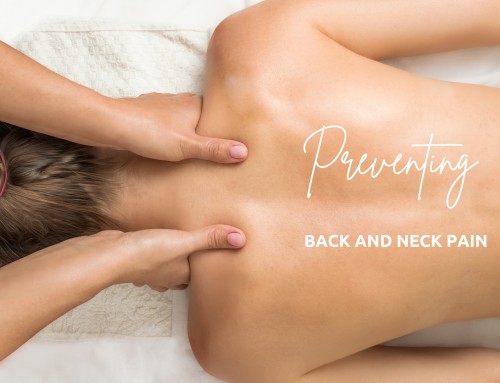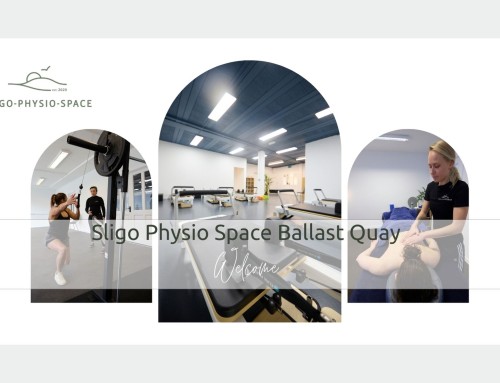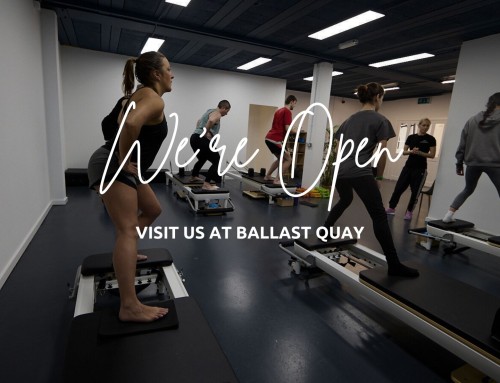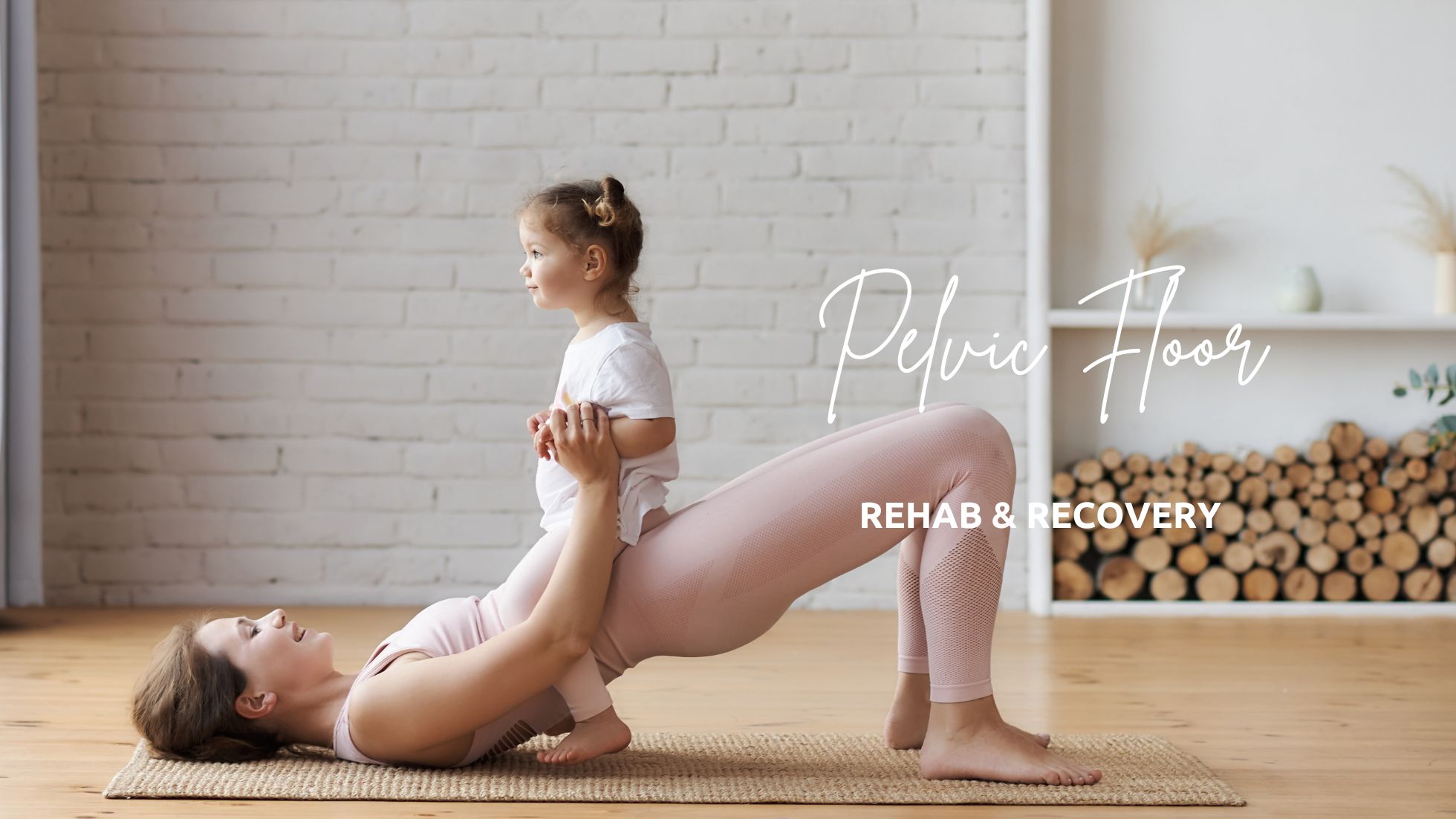
Let’s dive deep into the world of pelvic floor health and the pivotal role Pilates plays in strengthening this essential muscle group.
Demystifying the Pelvic Floor
The pelvic floor isn’t just any muscle; it’s a powerhouse responsible for vital functions like maintaining organ support, regulating bladder and bowel activities, and enhancing sexual well-being. Yes, everyone – including men – has a pelvic floor that acts like a hammock, made up of muscles and connective tissue that sit under the bones of our pelvis.
What we hear about most is dealing with pesky issues like leaks when you laugh or discomfort in your pelvic area due to weak muscles. Things like childbirth, age, and certain health conditions can weaken those muscles but they can be strengthened through targeted exercise and we’re here to help. When targeting the pelvic floor we also focus on strengthening your surrounding core muscles to prevent strain and injury by having strong supportive muscles around your pelvic floor.
Key Functions of the pelvic floor:
- Organ Support: Keeps everything in place.
- Bladder & Bowel Control: Aids in function regulation.
- Sexual Wellness: Enhances pleasure, reduces discomfort.
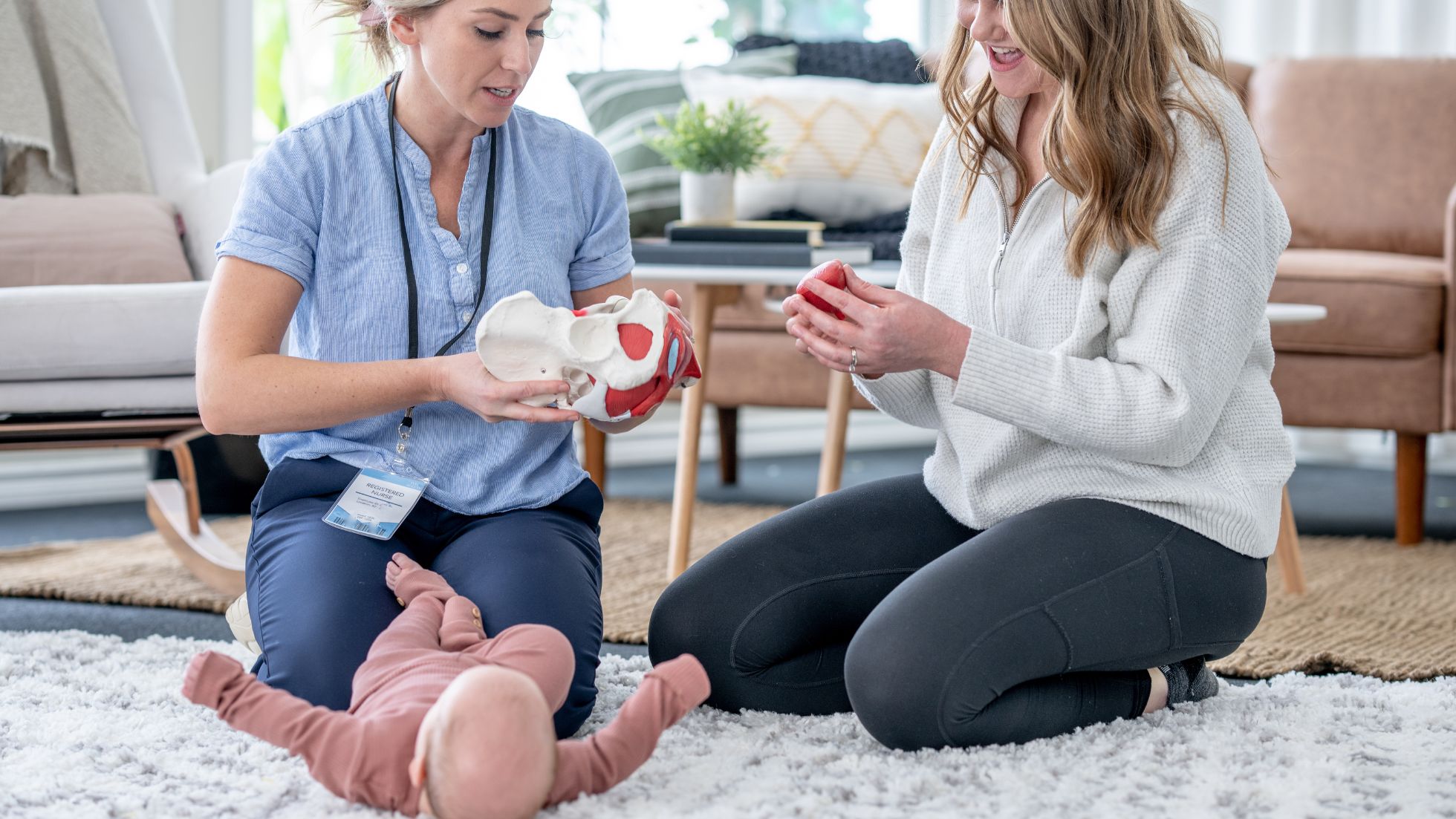
Pelvic Floor Physiotherapy
Balancing Act: Weakness vs. Overstimulation
While we often hear about weak pelvic floors, an overactive one can pose its own set of challenges. Finding the right balance between contraction and relaxation is crucial for optimal function and overall well-being.
Common Signs:
- Weak Pelvic Floor: Leakage when coughing or sneezing, running or jumping, a feeling of pelvic heaviness.
- Overactive Pelvic Floor: Pain during intercourse, incomplete emptying of bladder or bowel, general pelvic pain.
Pilates and Pelvic Floor Harmony
In Pilates, the pelvic floor is a star player in core engagement, forming the foundation of our powerhouse. Strengthening this area is essential for a stable and resilient body. Before we can work it, we need to find it!
The pelvic floor is an important muscle to isolate and we use it a lot throughout Pilates. It forms an integral part of core engagement, to locate it; imagine that you are in a crowded room and feel as if you must pass “wind.” Most of us will squeeze the muscles of our back passage to prevent passing gas. Those muscles you squeeze are the pelvic floor muscles.
Ready to activate and strengthen? Let’s explore some effective Reformer-based moves:
- Pelvic Tilts & Curls: Enhance mobility and core stability.
- Footwork: Strengthen lower body alignment and posture.
- Scooter: Engage glutes and core for stability.
- Ab Curls: Build core strength and support posture.
- Side Lying Foot in Strap Clams: Activate hips and glutes for pelvic stability.
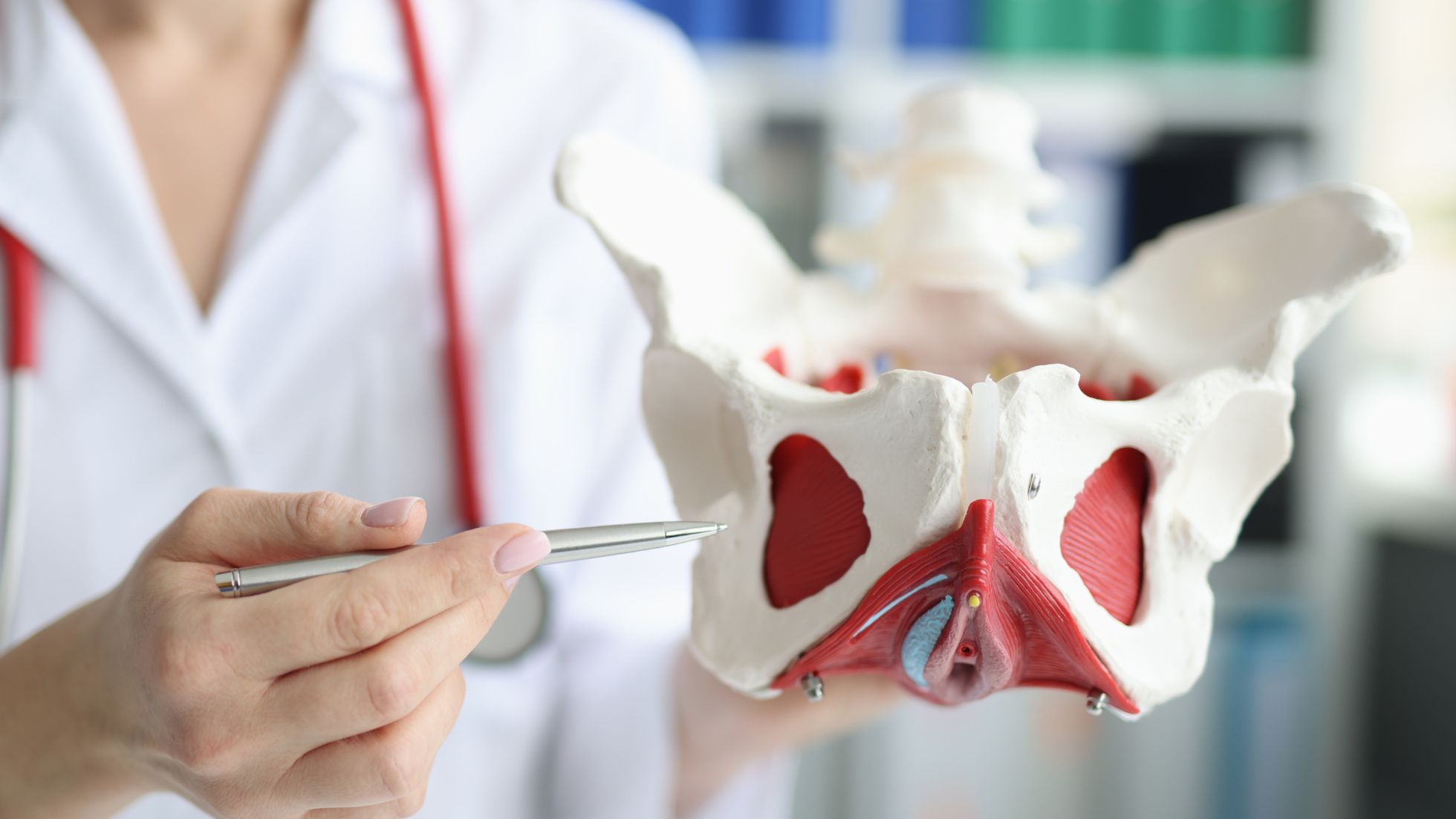
Practical Tips for Everyday Life
Activate and Strengthen
Consider implementing these three habits at home:
- Daily Pelvic Floor Exercises: Practice Kegels and pelvic tilts to activate and strengthen pelvic floor muscles.
- Mindful Breathwork: Incorporate diaphragmatic breathing to enhance core engagement and support.
- Consistent Pilates Routine: Commit to regular Reformer Pilates sessions to nurture pelvic floor strength and overall well-being.
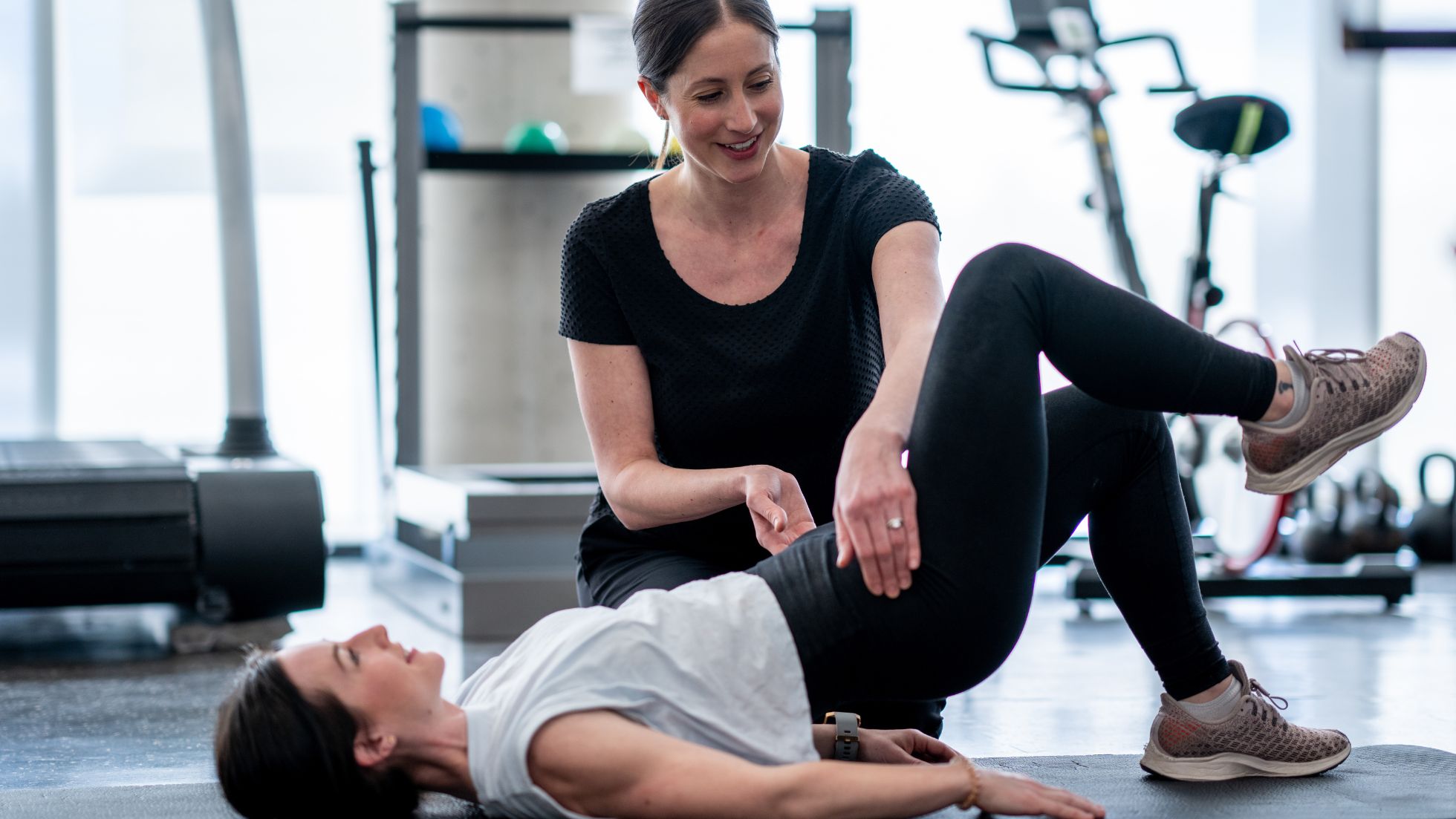
Insights from Sligo Physio Space
Professional Advice on recovery and building strength
At Sligo Physio Space, we emphasize a holistic approach to managing and preventing pain. Our expert physiotherapists suggest personalised exercise routines, and strength building techniques tailored to your specific needs.
The rehabilitation process at Sligo Physio Space is comprehensive and personalised, involving:
Assessment: Quick and accurate diagnosis to understand the extent of your injury.
Tailored Modifications: Adjusting sports and activities to promote healing and prevent further damage.
Targeted Treatment: Focusing on pain relief, reducing stiffness, and preventing muscle wastage.
Progressive Exercises: Gradually transitioning from strength and flexibility training to balance, power development, skills refinement, and sport-specific variables.
Performance Focus: As you near the end of your rehabilitation journey, we shift our attention towards optimising sports performance and injury prevention.
We believe in empowering our clients with knowledge and practical tools to overcome pain and enhance their quality of life. Whether it’s adjusting your workspace, incorporating regular exercise, or managing stress, every small change contributes to your overall well-being.


